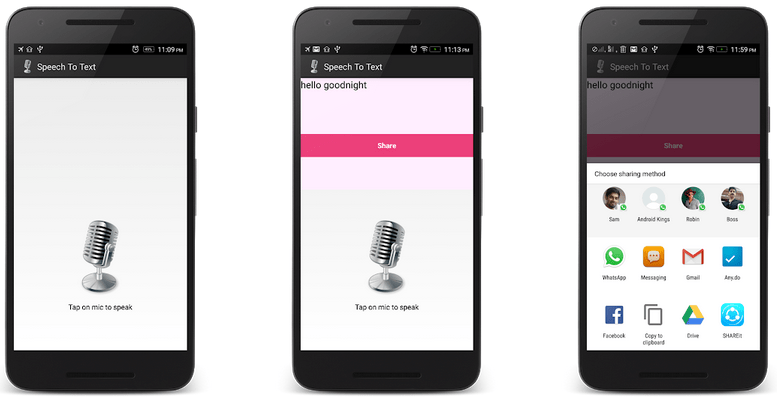

You plug the headset cord into the sound card or audio port of your computer (something all modern systems have).
#Speech to text device manual
Each comes with a CD for installation, a detailed instruction manual (and on-screen tutorial), and a telephone-operator-style headset and microphone. What they offer and how they work are very similar. NaturallySpeaking Preferred costs $199 ViaVoice Advanced Edition, from IBM, costs $99.95 and Voice Xpress Advanced (which I did not review), also from Lernout & Hauspie, costs $79. There are three leading dictation systems, and it's easy to try each one for yourself, because each comes with a thirty-day money-back guarantee. Now I know that if my hands stopped working, I could still at least compose e-mail. With Version 5 of NaturallySpeaking, released in August, Lernout & Hauspie has gained an edge in dictation technology. Dragon has been a small but admired contender in this field for more than a decade this year it was acquired by Lernout & Hauspie, a Belgian firm that has battled IBM for overall leadership in commercial speech-recognition technology.

It comes from Dragon Systems, of Newton, Massachusetts, and it's called Dragon NaturallySpeaking. What I find exciting is the debut of the first plausible dictation technology.
#Speech to text device plus
They're easier because the options the system has to consider are limited: after the voice-mail system asks you to press or say "two," it doesn't have to be able to distinguish "two" from "to" or "too." It needs only to know that all of them, plus "dew" and "do," sound similar - and different from "four," "for," and "pour" or "three," "tree," and "the."
#Speech to text device full
Embedded systems have a very wide range of potential uses, and they're technically easier to pull off than full "dictation" systems, which aspire to let the user say anything he might otherwise enter on a keyboard. This ranges from the familiar speech options in voice-mail systems ("To keep holding forever, please press or say 'two'") to hand-held devices that will record spoken appointments or phone numbers. People within the computing industry are mainly excited about the business potential of "embedded" voice-recognition technology. It doesn't do what I dream of, yet, but it does do important things well. Hardened by this experience, I hesitate to say what I'm about to, but here it is: the great new version may have arrived - or at least a significantly better version. The demo person would start talking about the great new version that would be available next year.

But if someone in the audience asked to see the computer handle a different phrase, or if someone with a different voice tried the same phrase, the system would be stumped. At the shows the creator of each new system would carefully utter a phrase, which the computer would faithfully render on its screen. The demonstrations I saw at computer shows, starting in the mid-1980s, left me with the impression that the speech-text barrier in technology was as formidable as the blood-brain barrier long seemed to be in medicine. For years I despaired that such a machine would ever exist.


 0 kommentar(er)
0 kommentar(er)
